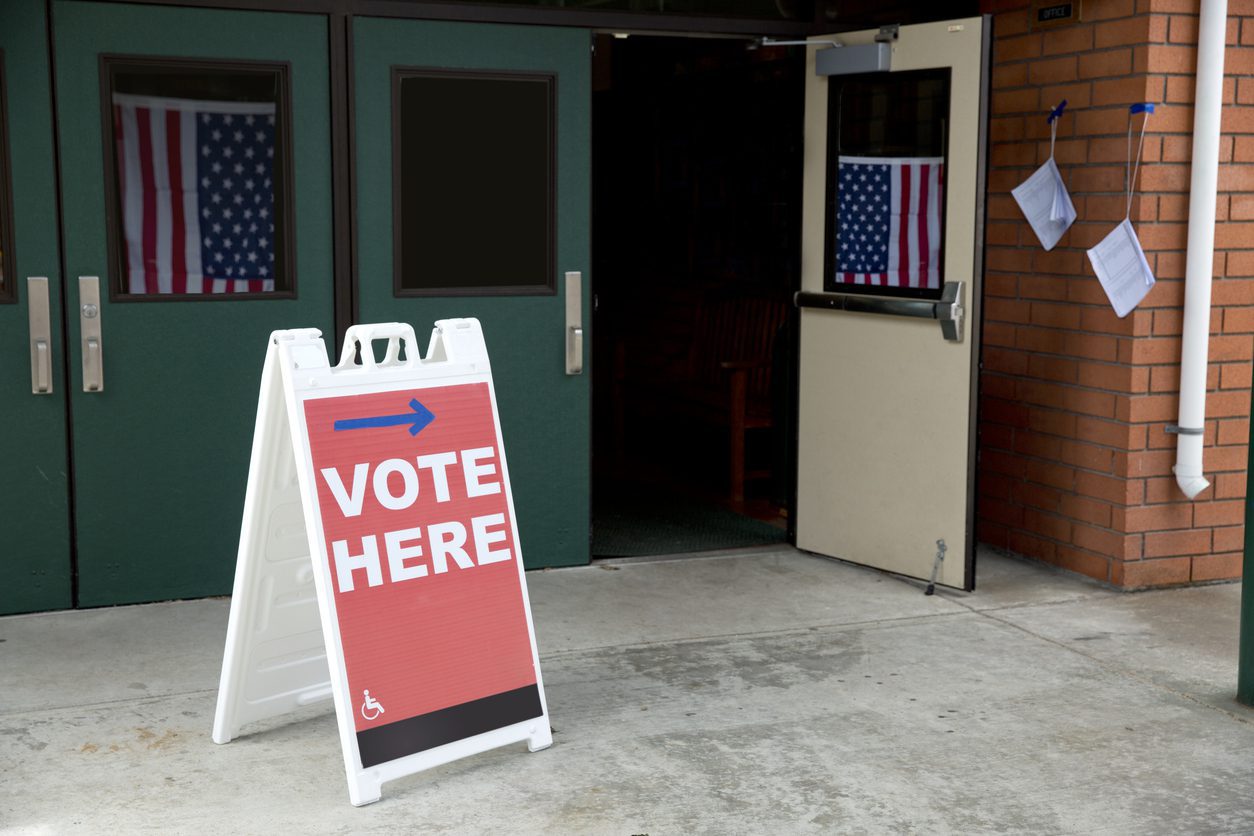
By Cheryl Hori
“What have you done for black and Latino voters?”
That’s a question Rachel Maddow asked Minnesota Sen. Amy Klobuchar during the Democratic presidential debate June 26.
Noticeably absent from this query, or any follow up, were Asian-American and Pacific Islander voters.
And while frequently overlooked, Democrats, and Republicans would be remiss to ignore the Asian American and Pacific Islander (AAPI) community from the political narrative of the 2020 election.
Not only is the AAPI voting contingency the fastest growing in the country (the grew 72 percent in fifteen years and by 2044 will comprise 10 percent of all voters ), but 40 percent of AAPI voters are unaffiliated with a political party .
While there has been a leftward “shift” for AAPI voters aged 18-25 , there’s no question literally millions of them are up for grabs.
If you’re running in a race that could be decided by a few hundred or few thousand votes, AAPI voters could be the margin to victory — with the right outreach.
There are a number of reasons why AAPI voter outreach can be challenging. At the top of the list: AAPI voters are one of the least homogenous voting blocs. They speak dozens of different languages, and their partisan preferences differ across cultures (Indian Americans tend to swing liberal, and Vietnamese Americans swing more moderate-conservative).
That means it’s not just about taking the time to message to the AAPI community, it’s also about being intentional of the message you serve them.
With that said, here are four ways to engage, persuade, and motivate AAPI voters to turn out on election day.
Double check your data.
One of the most common ways to identify AAPI voters is by running your voter file through a data firm. The problem? Most data firms generate these lists by the voter’s last name.
And if your last name is “Fernandez,” do you get put on the Latinx list or the Filipinx list?
If you talk with AAPI voter mobilization groups like APIAVote (Asian Pacific Islander American Vote), a 501(c)(3) organization dedicated to increasing AAPI turnout, the single largest challenge with identifying voters to turnout is accurate data.
And while there’s currently no easy fix for that — hint to all the data firms reading this — some campaigns have gone above and beyond in their efforts to identify AAPI voters.
For our clients focused on AAPI turnout, my firm recently used our data firm’s list as a launching point, and then layered on specific interests and languages to refine our targeting.
Hat tip to Sri Kulkarni, who ran for Congress in Texas’s 22nd District last cycle, and his field team who had AAPI community leaders come to campaign HQ and hand tag voters from the voter file.
Don’t assume you have to message in-language.
This past cycle, we ran a Facebook ad campaign to 600,000 AAPI voters across the country. We targeted voters who signaled their primary language was Mandarin, Cantonese, Korean, Bengali, Vietnamese, Urdu, Tagalog, or Hindi.
The kicker? We served the ads in English.
The results proved that while these voters preferred ads in their native languages, they engaged with our English ads at a rate only marginally below that of native English speakers.
The TL;DR: If you have a large AAPI community in your district, but don’t have the resources to translate your content into various languages, there’s a good chance English outreach will work nearly as well.
It’s about how to vote as much as it is who to vote for.
So many organizations and campaigns assume voter mobilization is all about persuasion: vote for this candidate, vote for this issue, vote for this party. But for AAPI voters, it’s equally about how to vote.
When running a national turnout effort for AAPI voters, we found that messaging around how and where to vote resulted in more voters registering and turning out compared to just talking about why and for whom they should vote.
It’s important to remember that many AAPI voters are immigrants who value their right to vote but don’t know how to participate in the process.
Don’t use lazy stereotypes.
When thinking about which issues resonate the most with AAPI voters, it’s way too easy to assume that all they care about is getting into (Ivy League) colleges. Donald Trump definitely does.
Towards the end of last cycle, the president decided to come out in support of Chinese students who were suing Harvard for admissions discrimination. Why would he get involved with this issue? His strategy assumed that AAPI voters care about nothing more than an Ivy League education.
The reality paints a very different picture. While overall AAPI voters are less likely to live in poverty and more likely to have a college degree, recent statistics vary wildly within AAPI subgroups.
So while Trump assumed that getting into big-name colleges was the most pressing issue for AAPI voters, he missed the fact that most actually care about a lot of the same things anyone else from their economic bracket does: jobs, the economy, and health care. Gun control, pathways to citizenship and increases in government services are also hot-ticket issue areas when messaging to the AAPI community.
When looking to identify, engage, persuade, and turnout AAPI voters, double check your data, think about if you really need to outreach in-language, focus on clearly explaining the voting process and location, and don’t be lazy with messaging stereotypes.
Finally, even if your campaign doesn’t have a lot of capacity to outreach to the AAPI community, a little effort goes a long way. AAPI communities tend to be close-knit. Engaging and persuading a few community leaders can pay dividends on Election Day.
Cheryl Hori is the founder of Pacific Campaign House, a progressive digital campaign firm.